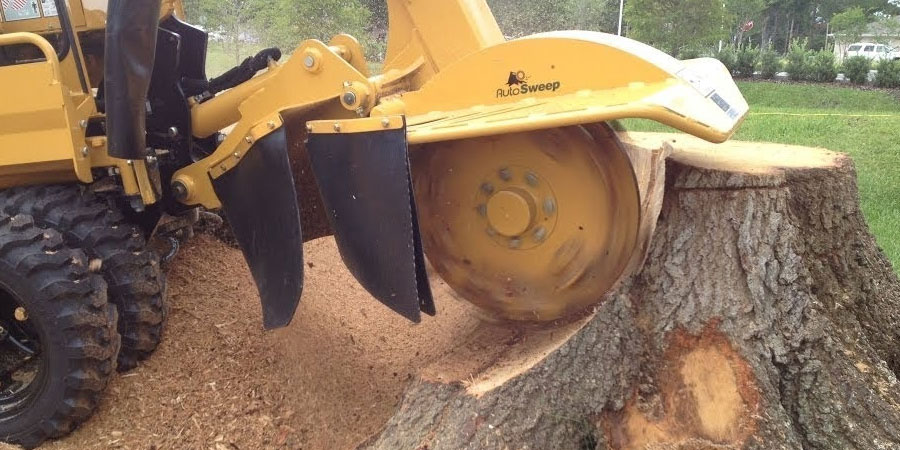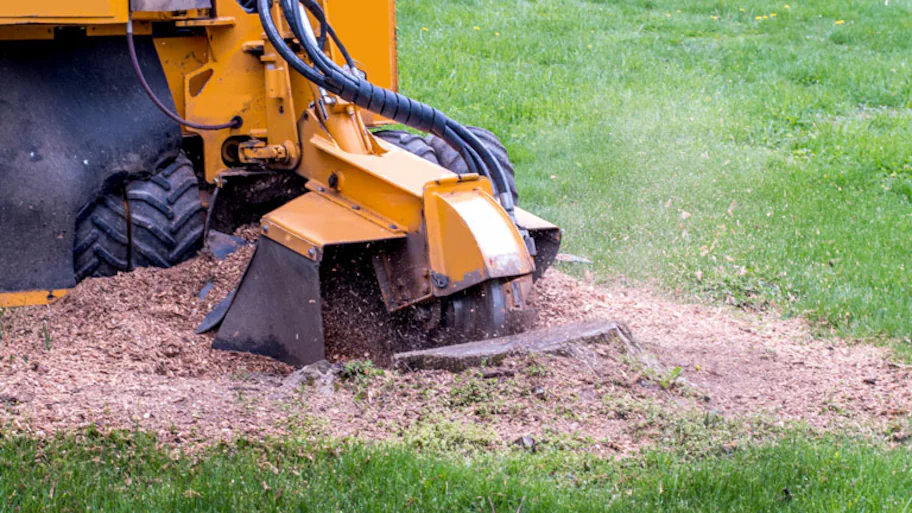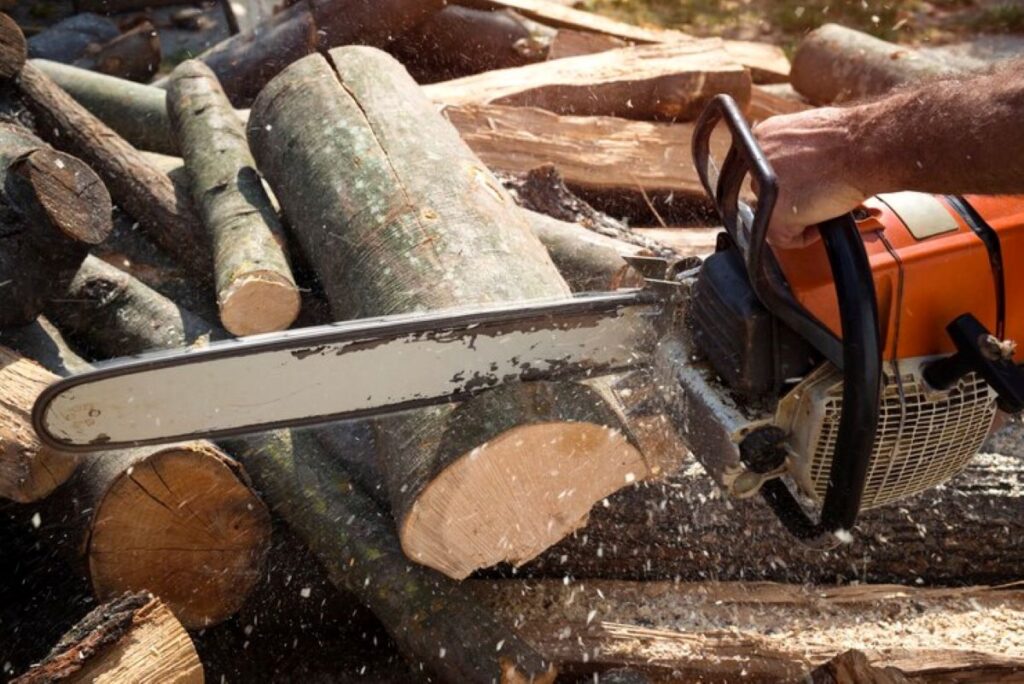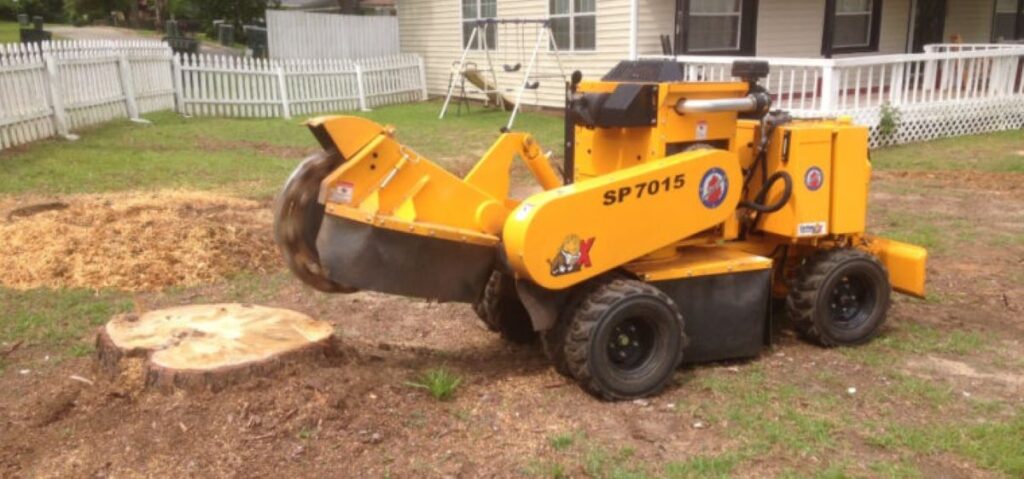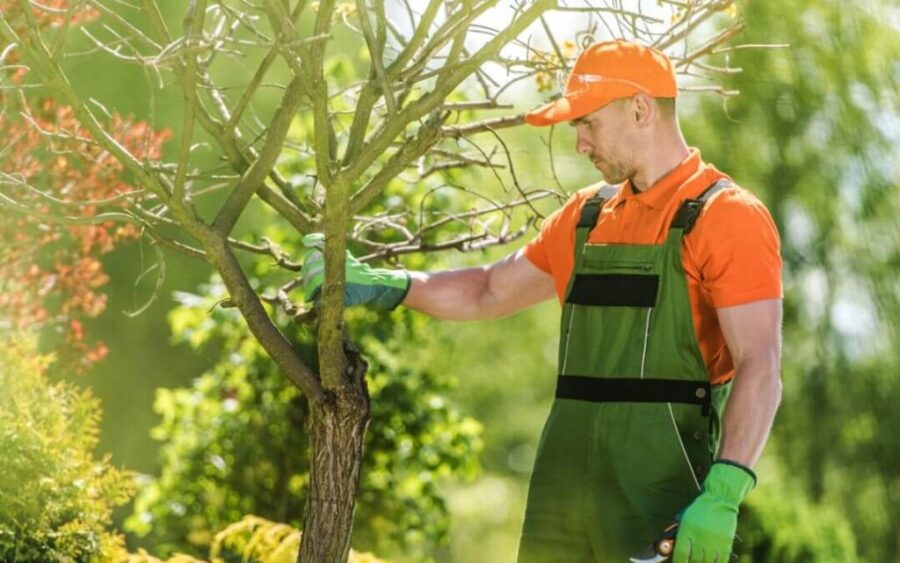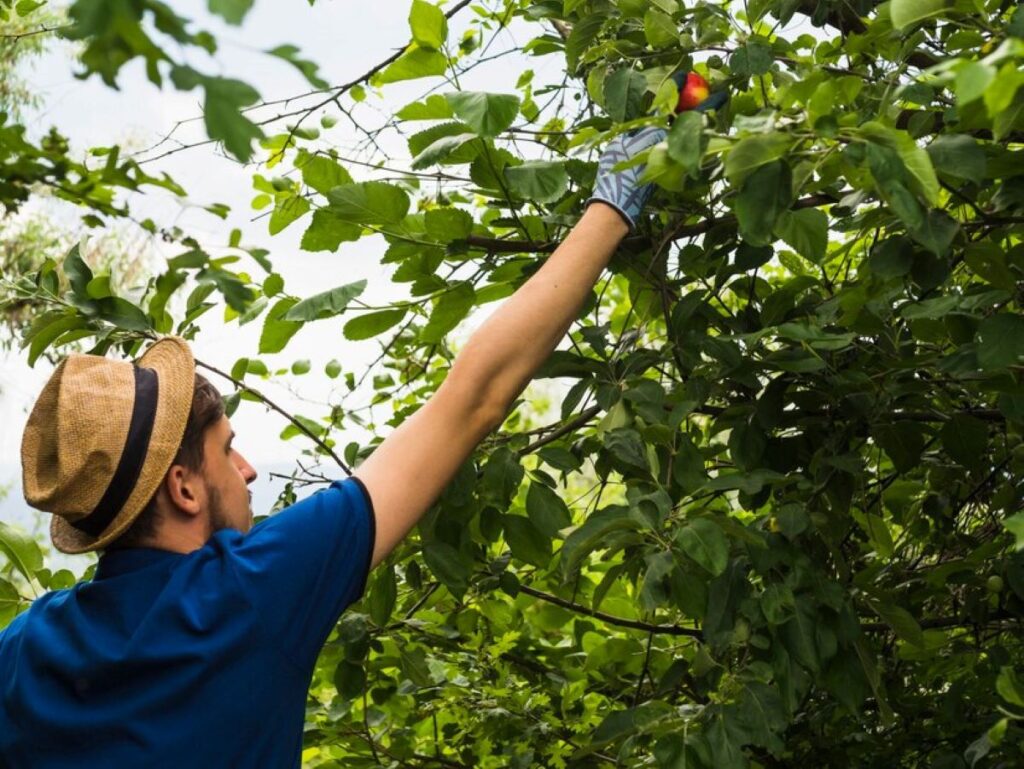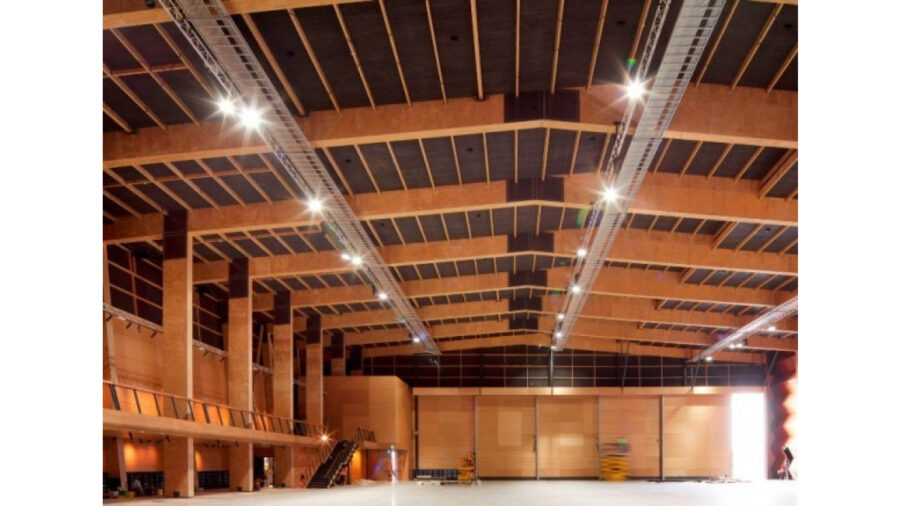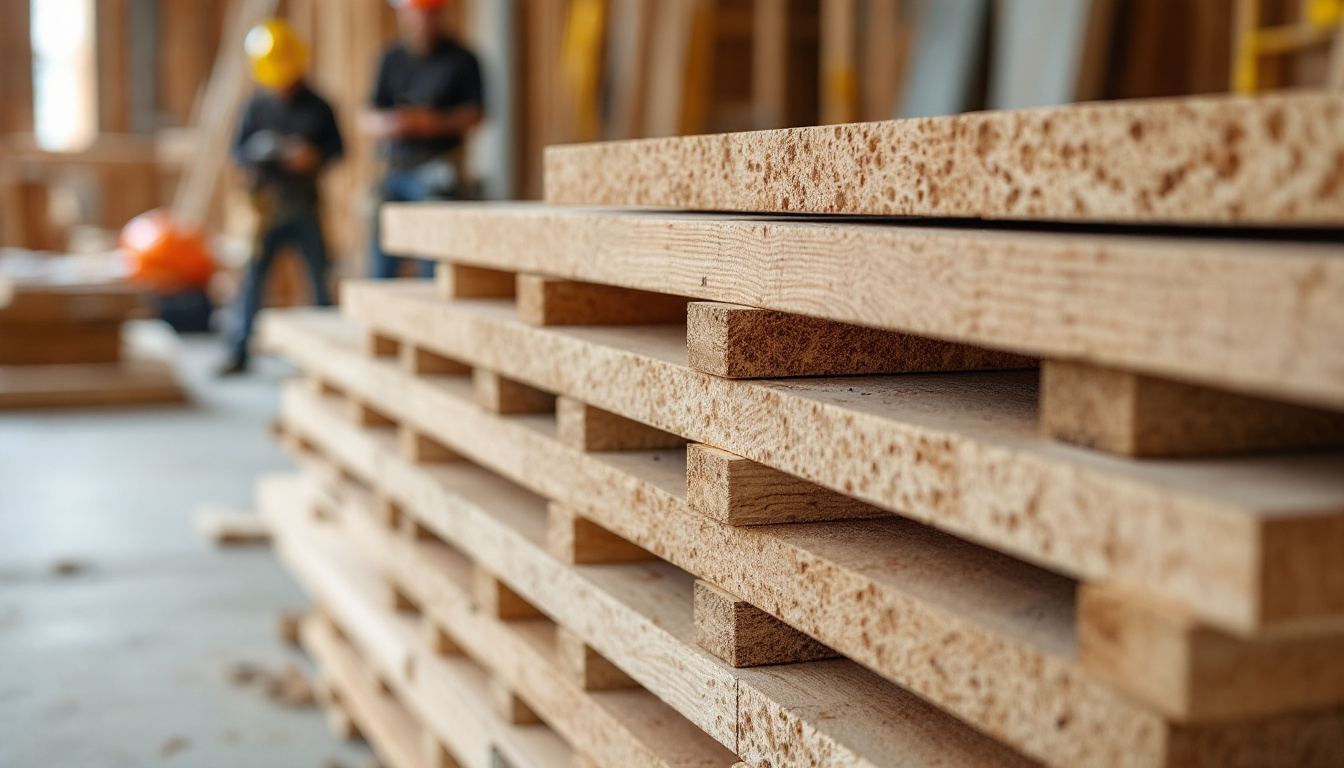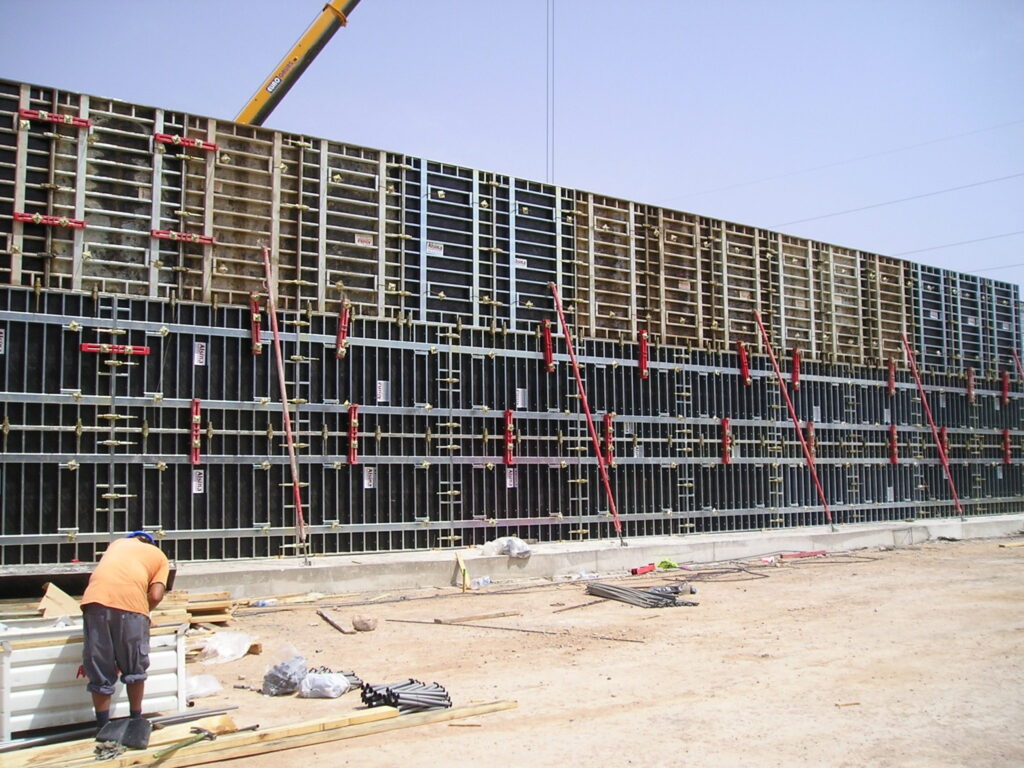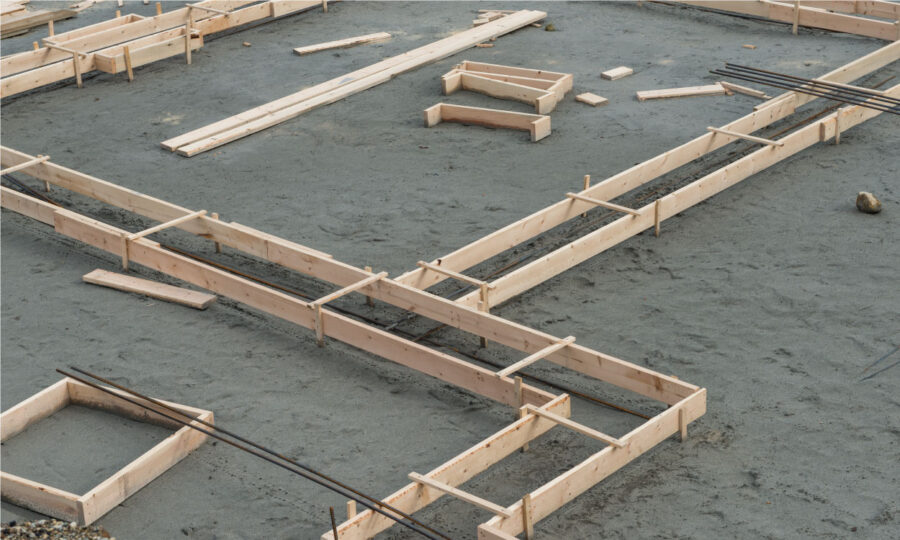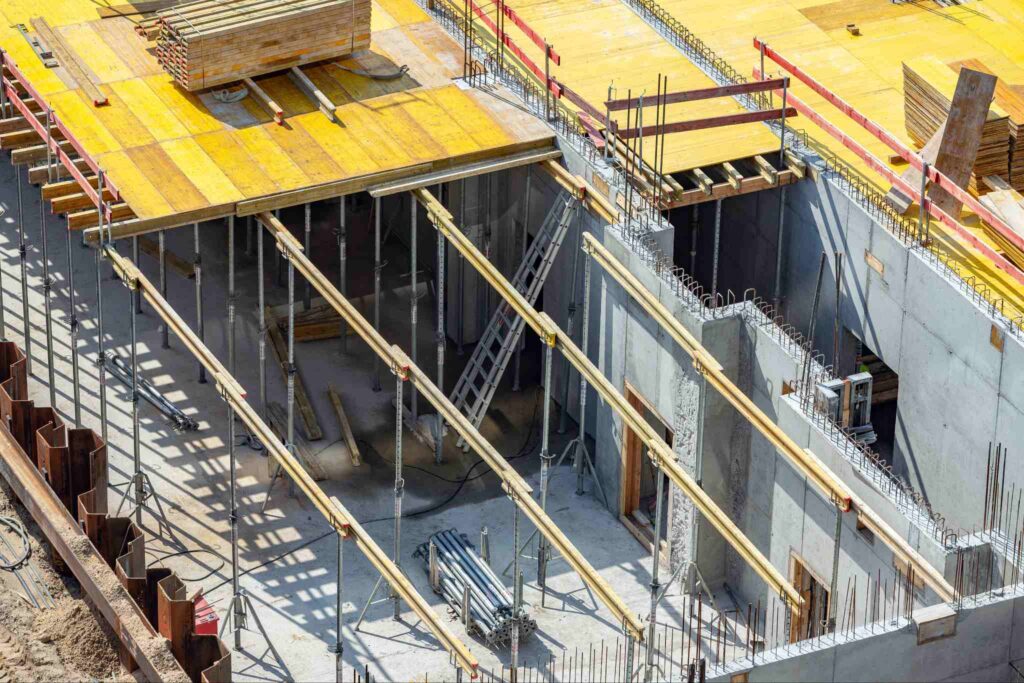Stump grinding is an important tree care service in Western Sydney. It turns ugly tree stumps into clean, usable areas. This specialised process removes dangerous stumps that can harm property safety and appearance.
Professional stump grinding offers significant advantages for both homes and businesses:
- Safer Properties – Eliminates tripping hazards and potential pest homes
- Better Looks – Creates neat, easy-to-maintain outdoor spaces
- Higher Property Value – Maximises usable area and visual appeal
- Prevention of Regrowth – Stops unwanted growth from remaining roots
Local Stump Grind Services in Western Sydney, led by certified arborists, bring expertise and precision to every job. Companies like Arbor Pride offer complete stump removal solutions backed by ISO certifications and extensive industry experience. These trusted professionals use advanced grinding equipment and follow strict safety protocols while complying with local council regulations.
The combination of local knowledge, professional certification, and dedicated service makes Western Sydney’s stump grinding providers an essential resource for property maintenance and improvement.
Understanding Stump Grinding
Stump grinding represents a specialised tree care technique that transforms unwanted tree stumps into mulch through mechanical grinding. This method differs significantly from complete stump removal, which involves extracting the entire root system from the ground. In many cases, such a complete removal may not be necessary, making stump grinding a more efficient and less invasive option.
The Stump Grinding Process:
- A mechanical grinder cuts the stump into small wood chips
- The grinding extends approximately 15-20 cm below ground level
- The remaining root system naturally decomposes over time
- The area can be immediately repurposed for landscaping
Professional Equipment Types:
- Handlebar Grinders: Ideal for small to medium stumps in accessible areas
- Self-Propelled Grinders: Perfect for residential properties with moderate-sized stumps
- Tow-Behind Units: Suitable for large commercial projects
- Compact Track Grinders: Designed for difficult terrain and limited access areas
The choice of equipment depends on crucial factors:
- Stump size and hardness
- Location accessibility
- Surrounding landscape features
- Soil conditions
- Project timeline requirements
Professional stump grinders utilise carbide-tipped cutting wheels that rotate at high speeds to reduce stumps to wood chips. These machines can handle stumps ranging from 10cm to over 1 metre in diameter, adapting their approach based on the specific characteristics of each project.
The process preserves soil stability and minimises disruption to surrounding vegetation, making it a preferred choice for property owners seeking efficient stump removal solutions.
Benefits of Using Local Western Sydney Stump Grinding Services
Choosing local tree services in Western Sydney has specific benefits for property owners looking for stump grinding solutions. The closeness of local certified arborists allows for quick response times and effective project completion.
Key Benefits of Local Stump Grinding Services:
1. Quick Response Times
- Same-day assessments
- Flexible scheduling options
- Emergency service availability
2. Local Area Knowledge
- Understanding of Western Sydney soil conditions
- Familiarity with native tree species
- Knowledge of council regulations including those related to tree removal permits
3. Enhanced Customer Service
- Direct communication channels
- Face-to-face consultations
- Personalised service approach
Local arborists have a deep understanding of Western Sydney’s unique environmental conditions, allowing them to accurately assess and carry out stump grinding projects. Their established presence in the community means reliable service supported by verifiable references and proven track records.
The accessibility of local services brings practical benefits:
- Reduced travel costs
- Faster equipment deployment
- Immediate site inspections
- Streamlined permit processing
Local certified arborists have strong relationships with council authorities, speeding up necessary approvals for stump grinding operations. This local network makes project coordination smoother and ensures compliance with regional regulations.
The combination of technical expertise and local knowledge puts Western Sydney stump grinding services in a position to provide efficient, cost-effective solutions tailored to specific property needs.
Professional Expertise Behind Stump Grinding Services
Licensed arborists bring essential expertise to stump grinding operations through rigorous training and certification requirements. These professionals possess Level 2-5 qualifications, demonstrating their capability to handle complex tree care scenarios safely and effectively.
Key Safety Measures by Certified Specialists:
- Site assessment and hazard identification
- Underground utility detection
- Proper equipment operation protocols
- Debris management procedures
- Safety zone establishment
The role of insured arborists extends beyond basic stump removal. These specialists conduct thorough property evaluations to:
- Determine appropriate grinding depth
- Select suitable equipment size
- Assess soil conditions
- Identify potential obstacles
- Plan access routes
Risk Minimisation Through Professional Expertise:
- $20M public liability insurance coverage
- ISO 14001/4801/9001 certified practices
- Compliance with Australian safety standards
- Regular equipment maintenance
- Ongoing professional development
Experienced tree specialists utilise advanced grinding techniques to achieve optimal results while preserving surrounding landscape features. Their expertise ensures precise depth control, preventing damage to underground systems and maintaining soil stability for future landscaping projects.
Professional arborists also provide valuable guidance on post-grinding site preparation, including:
- Soil treatment recommendations
- Root system management
- Replanting considerations
- Erosion prevention measures
- Property restoration advice
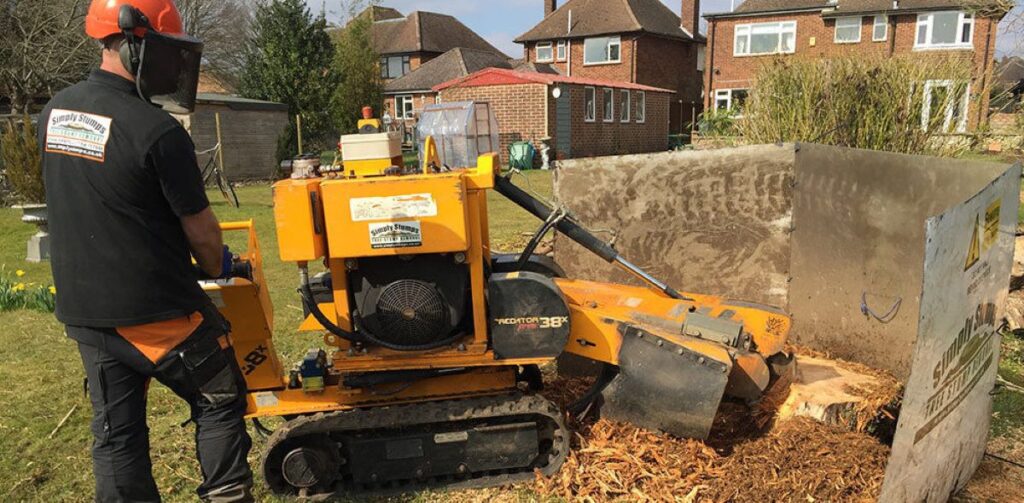
Comprehensive Tree Care Integration with Stump Grinding
Stump grinding services are an essential part of a complete tree care solution. Professional arborists in Western Sydney offer this service along with other important tree maintenance tasks:
1. Tree Removal Services
- Complete tree felling
- Site clearing
- Debris management
- Root system assessment
2. Strategic Pruning
- Crown reduction
- Dead wood removal
- Shape maintenance
- Health preservation
3. Emergency Response
- Storm damage resolution
- Hazard elimination
- 24/7 rapid deployment
- Risk assessment
By combining stump grinding with these services, we create a smooth property maintenance process. When trees need to be removed, the following stump grinding process ensures that the area can be immediately used for new landscaping projects or construction purposes.
Professional tree care providers have specialised equipment for each service type, allowing quick transitions between different aspects of tree management. This integrated approach enables property owners to address multiple tree-related concerns through a single, qualified service provider.
The combination of stump grinding with comprehensive tree care services also supports preventive maintenance strategies. Regular inspections during routine tree work can identify potential stump-related issues before they develop into significant problems, protecting property value and ensuring landscape aesthetics remain pristine.
Environmental Considerations and Compliance in Stump Grinding
Professional stump grinding services in Western Sydney prioritise environmental responsibility through strict adherence to sustainable practices and regulatory compliance. ISO 14001 certification demonstrates a company’s commitment to minimising environmental impact during stump grinding operations.
Eco-Friendly Practices Include:
- Proper disposal of wood chips and debris
- Dust control measures
- Low-emission equipment selection
- Soil protection protocols
- Native vegetation preservation
Local Government Area (LGA) regulations play a crucial role in tree work operations. Professional arborists must obtain necessary permits and approvals before commencing stump grinding projects, particularly for:
- Protected tree species
- Heritage-listed properties
- Environmentally sensitive areas
- Trees within significant ecological communities
Council Compliance Requirements:
- Site assessment documentation
- Tree preservation orders
- Heritage conservation considerations
- Environmental impact evaluations
ISO certified arborists maintain detailed records of environmental compliance and regularly update their practices to meet evolving sustainability standards. These professionals work closely with local councils to ensure stump grinding activities align with Sydney’s environmental protection guidelines.
The implementation of environmentally responsible practices extends to equipment maintenance, waste management protocols, and soil conservation measures. Professional services utilise biodegradable lubricants and maintain their machinery to reduce emissions and noise pollution during operations.
See Also : Grinding Tree Stumps: Why It’s Better Than Removal
Choosing the Right Stump Grinding Service in Western Sydney
Selecting a qualified stump grinding service requires careful consideration of several critical factors. A reliable service provider should possess specific credentials and qualifications:
Essential Qualifications
- ISA (International Society of Arboriculture) membership
- Level 2-5 certified tree practitioners
- $20M public liability insurance coverage
- ISO certifications (14001, 4801, 9001)
Professional Experience
- Minimum decade of experience in Western Sydney
- Proven track record with local councils
- Expertise across residential and commercial properties
- Demonstrated knowledge of local tree species
Service Standards
- Written quotes with detailed cost breakdowns
- Clear project timelines
- Transparent communication practices
- Professional equipment maintenance records
The service provider’s membership in professional organisations such as Arboriculture Australia and the Tree Contractors Association indicates commitment to industry best practices. These affiliations ensure access to current training, safety protocols, and technical updates.
A reputable stump grinding company maintains comprehensive documentation of their qualifications and insurance coverage. Requesting proof of these credentials helps protect property owners from potential liability issues during service delivery.
Local knowledge plays a vital role in service quality. Western Sydney arborists understand regional soil conditions, tree species, and council requirements, enabling them to provide targeted solutions for specific property needs.
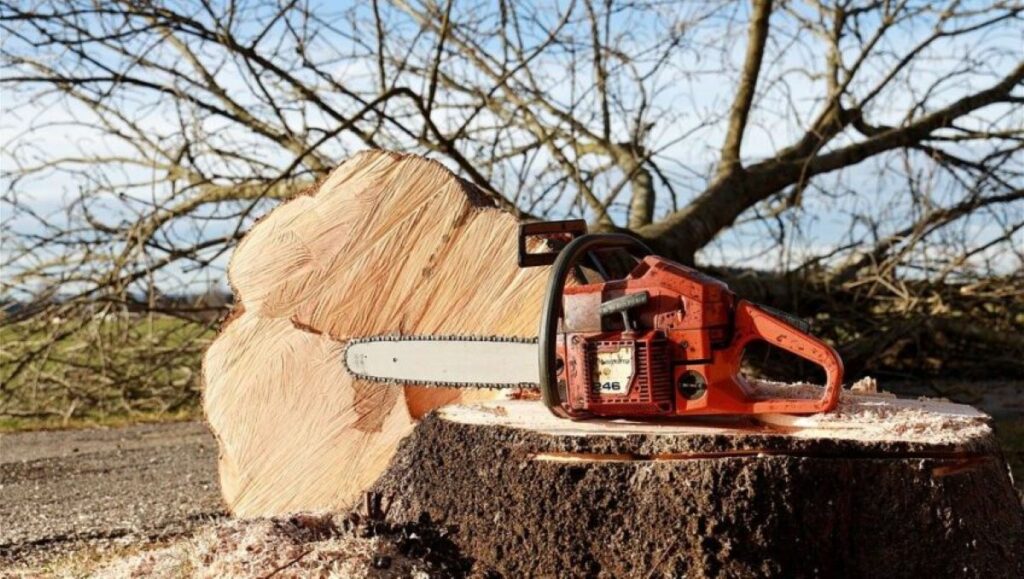
Conclusion
Professional stump grinding services in Western Sydney are essential for effective property maintenance and safety improvement. With a combination of skilled expertise, advanced equipment, and local knowledge, these services deliver exceptional results for both residential and commercial properties.
Certified arborists provide unmatched value through:
- Safety-First Approach: Strict adherence to industry standards
- Property Protection: Reduced risk of damage during operations
- Expert Assessment: Tailored solutions for specific stump removal needs
- Comprehensive Service: Integration with broader tree care requirements
Investing in reliable stump grinding services in Western Sydney brings numerous benefits such as improved property appearance, increased safety, and long-term peace of mind. Expert local tree care solutions, supported by proper certifications and extensive experience, ensure that each project meets the highest professional standards.
Hiring certified arborists for stump grinding needs demonstrates a commitment to quality, safety, and environmental responsibility—crucial elements for maintaining Western Sydney’s urban landscape.

